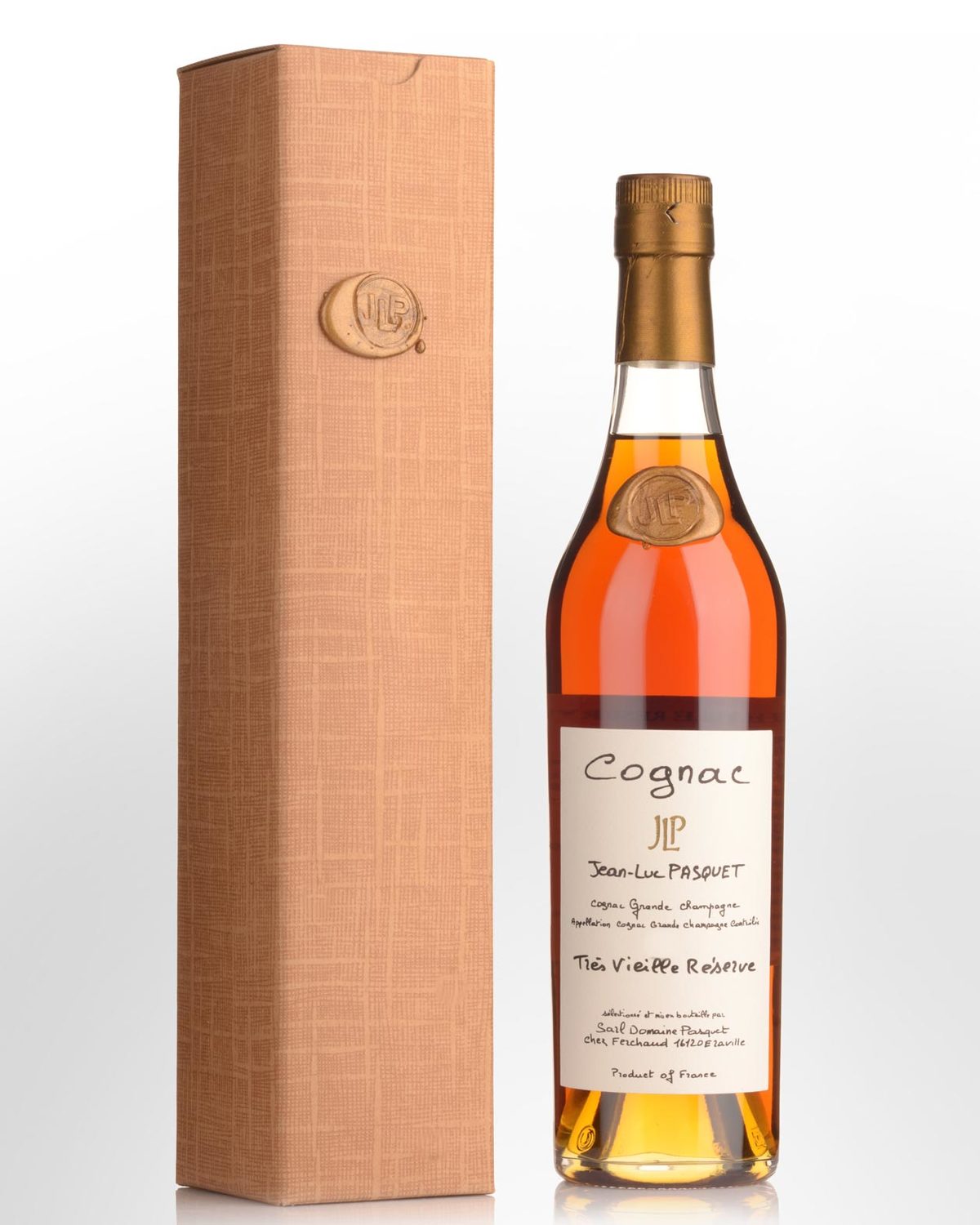
- 95
- Nick's Import
Jean Luc Pasquet Tres Vieille Reserve Cognac (500ml)
Cognac,
FRANCE
$299. 00
Bottle
$3588.00 Dozen
ABV: 44%
Online orders & click & collect are our primary activities. However, feel free to drop in. Items at hand can be purchased instore.
Click here to read our Terms & Conditions.
Spend $200 get free delivery
to most of Australia
View all Australian freight rates
to most of Australia
No guaranteed delivery times.*
Expect increased delays on deliveries during peak times, such as Christmas.
